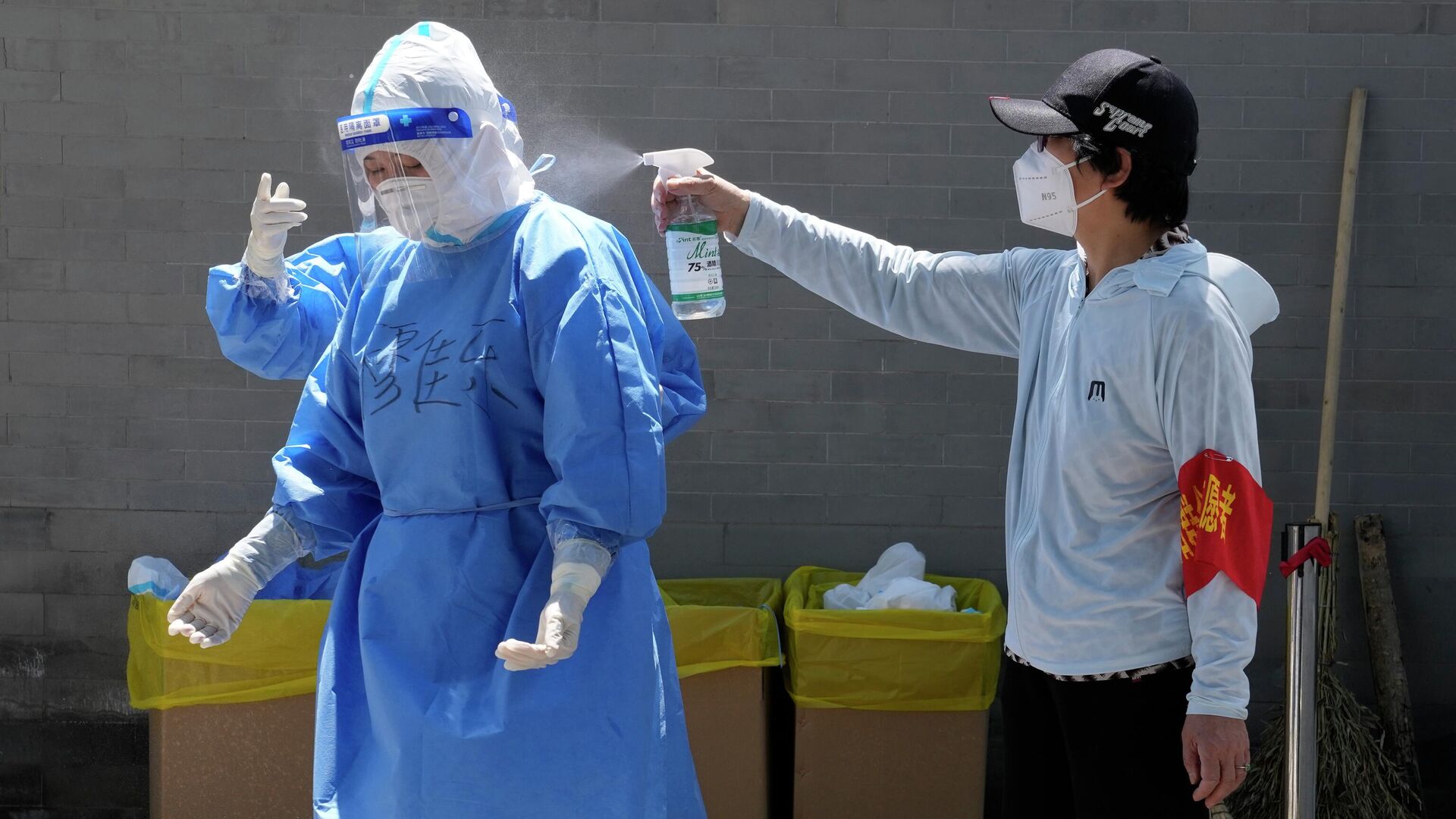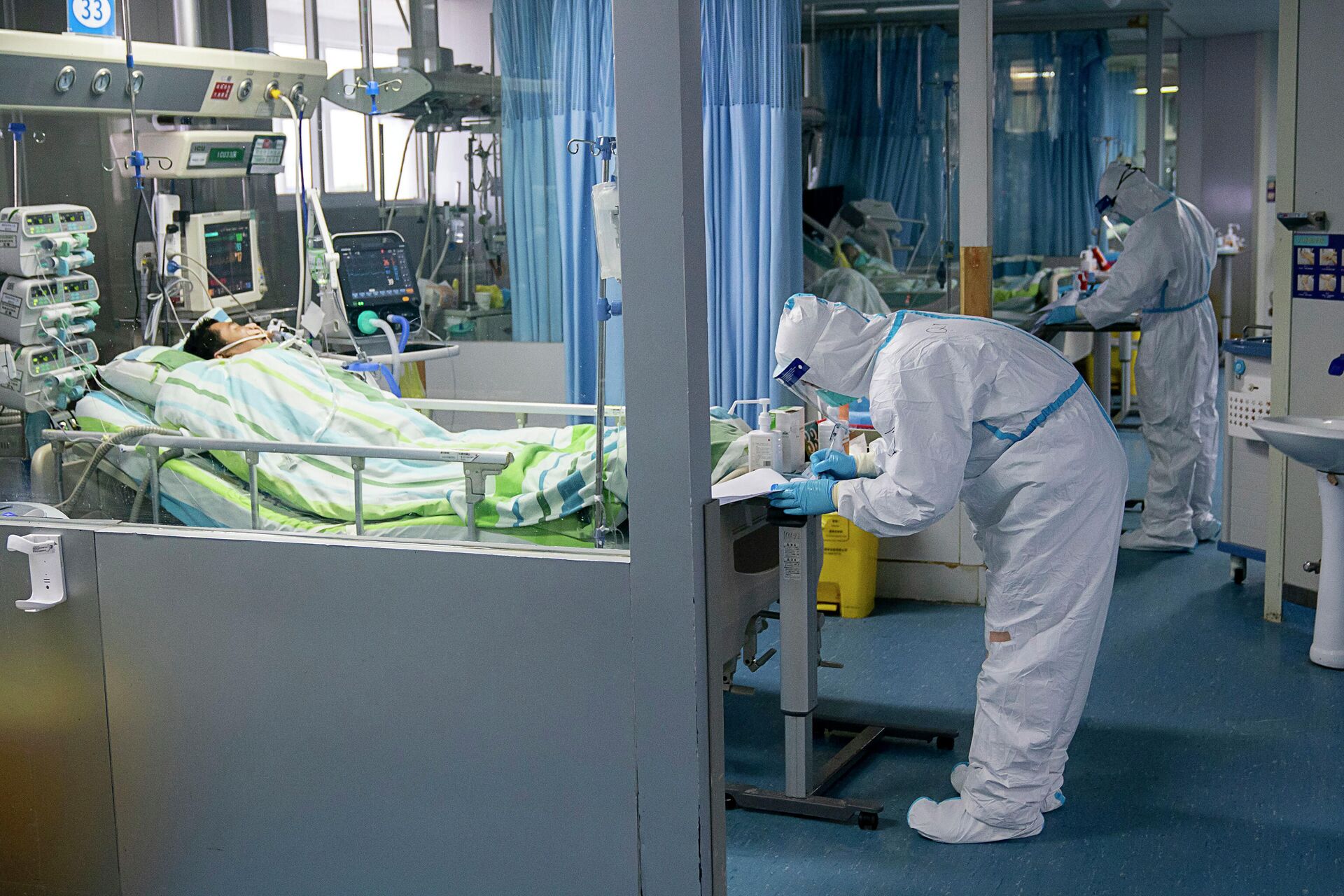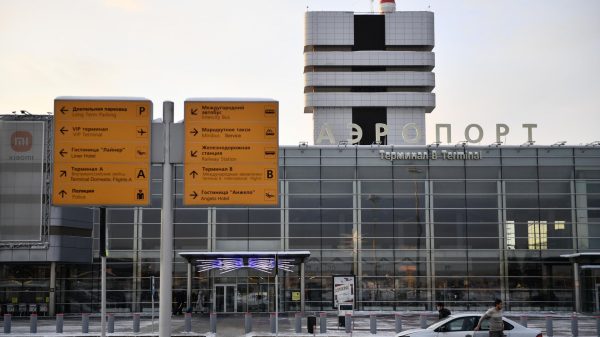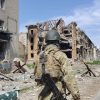
MOSCOW, November 24, Tatyana Pichugina. In the northern provinces of China there is an infection of unknown origin, WHO reports. Mostly children are affected. This is believed to be due to seasonal pathogens that cause pneumonia, as well as the lifting of restrictions against COVID-19.
Hospitals are overcrowded
WHO has been observing an increase in the number of childhood pneumonia in the northern regions of China since mid-October. The State Committee for Health Affairs of the People's Republic of China verified the press conference for local media, reporting some details. Information about this is published by the resource of the International Society for Infectious Diseases ProMED, which monitors the situation in the world on a daily basis.
«Children's hospitals in Beijing, Liaoning and other cities are overcrowded, schools are on the verge of closing. Parents are concerned that the authorities are hiding the epidemic,” says the ProMED report with reference to the FTV News channel.
“Many hospitalizations. No cough or other symptoms, just high temperature, fever, and often pulmonary consolidations,” the TV channel cites words from a Beijing resident.
The situation is serious in Liaoning Province. The emergency room at the Dalian Children's Hospital cannot cope; patients are given IVs. There are queues in central hospitals and traditional medicine centers. “They wait for two hours, we all work in the emergency room, there are no outpatient appointments,” says a hospital employee in Dalian.
School classes have been cancelled, and both children and teachers are getting sick. Dan Silver of ProMED believes this is a large outbreak of an unknown respiratory disease. When it started is unclear. Between Beijing and Liaoning there are 800 kilometers. How the infection spread so quickly is a mystery. ProMED is awaiting more information.
«It's too early to draw conclusions. But, as my virologist colleague said, «the pandemic clock is ticking. We just don’t know what time it is,” Silver notes.
According to information from China
WHO sent an official request to Beijing for epidemiological and clinical information, as well as laboratory results and dominant respiratory strains.
The data was provided on Thursday. The outbreak is caused primarily by the bacterium Mycoplasma pneumoniae. Its circulation was noticed back in May. Since October, strains of human respiratory syncytial virus, adenovirus, and influenza have joined. This happened a little earlier than usual, and is apparently due to the lifting of Covid restrictions.
Chinese authorities deny anything unusual. No new pathogens were detected. The increase in incidence will not lead to overcrowding of hospitals.
Mycoplasma pneumoniae, which causes childhood pneumonia, can be treated with antibiotics. WHO nevertheless recommends taking measures against the spread of pathogens: vaccination, including against influenza and COVID-19, staying home at the first symptoms, maintaining distance between people, masks in crowded places, ventilating rooms, washing hands often.
Experts talk about the new strain of COVID-19
“The observed rise in childhood acute respiratory viral infections in China is likely associated with a wave of common seasonal viral infections — RSV, influenza, rhinovirus. This was expected, especially considering the “deficiency of immunity” that resulted from the long-term strict lockdown, which protected children from common pathogens,” — says Professor Ben Marais from the Institute of Infectious Diseases at the University of Sydney.
Experts surveyed by the Science Media Center of Australia see no reason to panic. They point out that this is the first winter after the lockdown that China faces with open borders. However, they emphasize that there is no complete picture yet.
«The outbreak may be a consequence of the fact that people began to communicate more. But judging by preliminary data, nothing unusual is happening. Information that this is a consequence of a new strain of COVID-19, no,” emphasizes Bruce Thompson from the University of Melbourne, head of the School of Health Sciences.
According to Robert Booy, an infectious disease specialist from Sydney, the fact that the incidence of the disease bypasses adults, who have stronger immune systems, indicates an already known pathogen. Virologist Vinod Balasubramaniam from Monash University in Malaysia has the same opinion.
“A new pathogen would infect many adults because people had not encountered it before,” he explains.
Another possible factor is mycoplasma resistance to antibiotics, as evidenced by data from Taiwan, adds Raina McIntyre from the University of New South Wales.
As experts emphasize, monitoring of infectious diseases, built during a pandemic, copes with the situation. Beijing has a very good system, scientists say, and a new pathogen will be able to be identified there faster than in Wuhan. In addition, the situation is being monitored through the EPIWATCH early warning system, and a surge in respiratory diseases and pneumonia has been observed everywhere this year.
< br />

























































Свежие комментарии